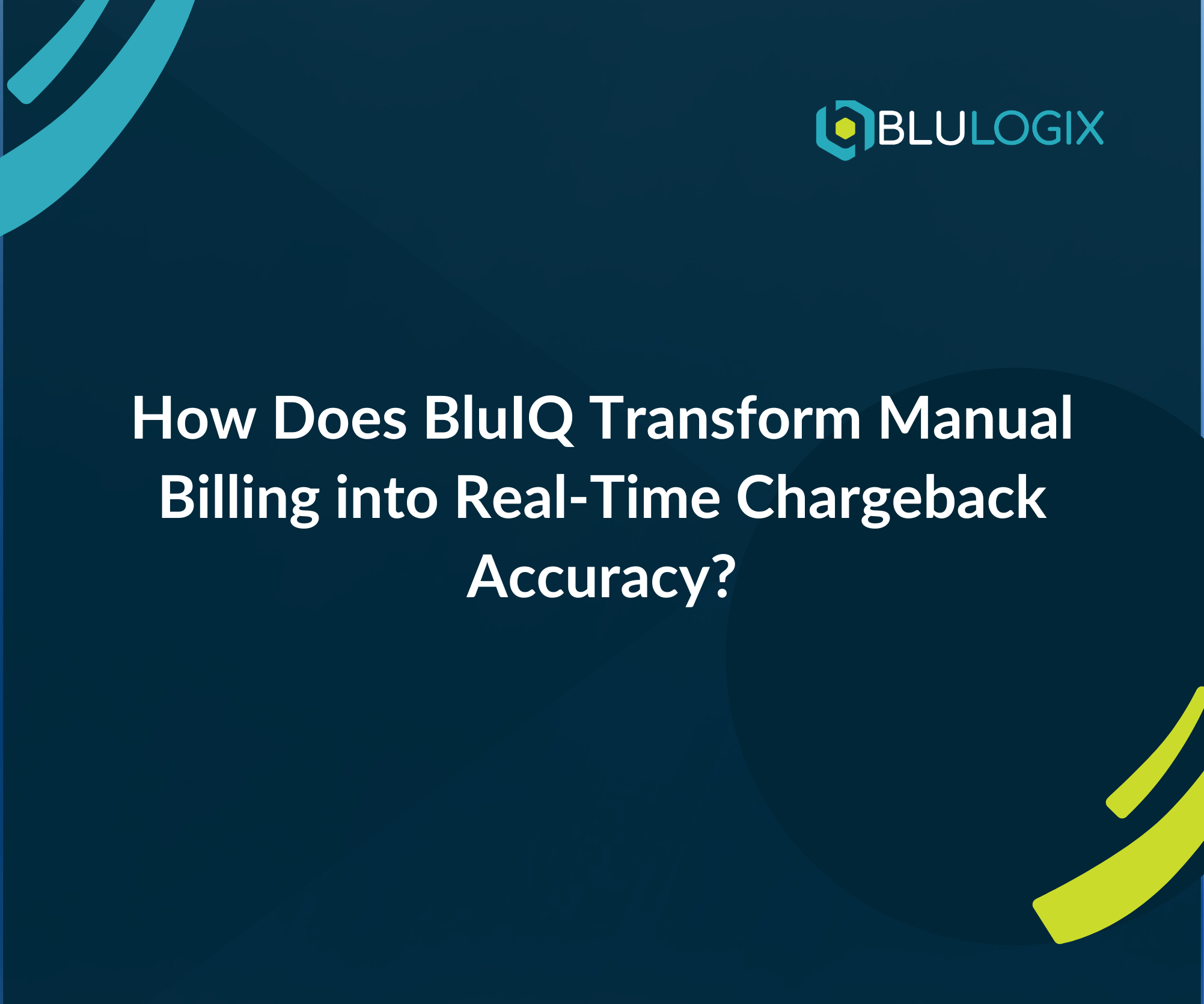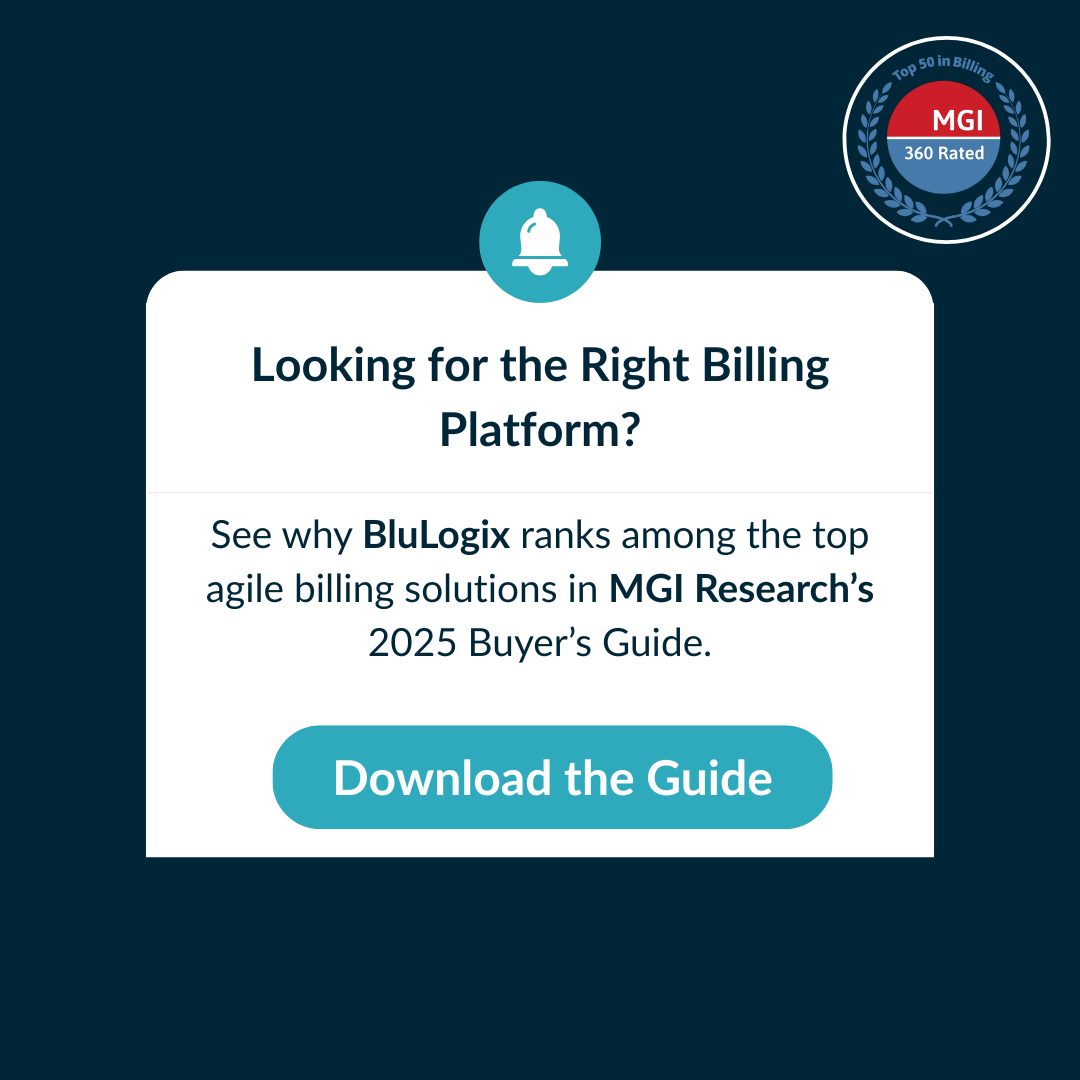Customer Profitability Analysis and Revenue Management
How can understanding my customer profitability help my company tailor marketing and sales efforts for better results?
Ready to see how BluIQ can transform your billing process and help you achieve integrated, automated, and accurate complex monetization? Schedule a demo with a BluLogix billing expert today and take the first step towards revolutionizing your revenue management.
Customer Profitability Analysis and Revenue Management
In a competitive business environment, understanding the profitability of each customer is crucial for optimizing revenue and ensuring sustainable growth. Customer profitability analysis is a strategic tool that helps businesses assess the value of their customers, allowing them to tailor their marketing and sales efforts for better results. This approach goes beyond focusing solely on revenue generation—it provides insights into which customers contribute most to the bottom line and helps allocate resources efficiently to maximize profitability.
Why Customer Profitability Analysis Matters
Not all customers are created equal. While some may generate high revenue, the costs associated with serving them may be significant, ultimately reducing profitability. Conversely, other customers may have lower revenue but require minimal resources, making them highly profitable. Customer profitability analysis helps businesses differentiate between these types of customers, allowing them to:
- Identify High-Value Customers: By analyzing profitability at the customer level, businesses can identify which customers are contributing most to their financial success. High-value customers can be prioritized for additional support, targeted marketing, and loyalty programs to maintain and grow their business.
- Manage Low-Margin Customers: Understanding customer profitability also helps businesses manage low-margin customers more effectively. By identifying customers who require significant resources but contribute minimally to profitability, businesses can make strategic decisions about whether to adjust pricing, reduce service levels, or discontinue relationships.
- Enhance Customer Segmentation: Customer profitability analysis enables businesses to segment their customer base based on profitability metrics, allowing for more effective targeting. This means that marketing and sales efforts can be tailored to attract and retain customers who are most likely to contribute positively to the bottom line.
Tailoring Marketing and Sales Efforts for Better Results
By understanding customer profitability, businesses can make data-driven decisions about how to allocate their marketing and sales resources. Here are some ways that customer profitability analysis can improve marketing and sales outcomes:
- Targeted Marketing Campaigns: Knowing which customers are most profitable allows businesses to design marketing campaigns that specifically target similar prospects. By focusing marketing efforts on attracting high-value customers, businesses can improve the efficiency of their marketing spend and drive better returns on investment.
- Customized Sales Strategies: Sales teams can use customer profitability data to customize their approach to different customer segments. High-value customers may be offered premium services or personalized support, while low-margin customers may be offered standard solutions that minimize resource usage.
- Retention and Loyalty Programs: Customer profitability analysis helps identify which customers are worth investing in for long-term growth. High-value customers can be targeted with loyalty programs, exclusive offers, and personalized communications to enhance their experience and encourage retention. This approach ensures that resources are focused on retaining customers who provide the greatest value.
Real-World Applications of Customer Profitability Analysis
Consider a SaaS company that uses customer profitability analysis to understand which customer segments are driving the most value. The analysis reveals that repeat customers who participate in the company’s Customer Success program are significantly more profitable than those who do not. As a result, the company decides to invest more in its Customer Success program, offering exclusive discounts and early access to new products to reward repeat customers and encourage further loyalty.
Another example is a B2B services provider that uses customer profitability analysis to evaluate the cost of serving different clients. The analysis shows that certain clients require extensive support and frequent customizations, leading to lower margins. Based on these insights, the provider decides to introduce tiered service levels, where clients can choose between basic support and premium services at different price points. This approach helps improve margins while continuing to meet customer needs.
Customer Profitability Analysis is an essential part of effective revenue management. By understanding which customers contribute most to profitability, businesses can tailor their marketing and sales efforts to attract and retain high-value customers. This approach not only helps maximize revenue but also ensures that resources are used efficiently to drive sustainable growth.
In all industries, from retail to B2B services, leveraging customer profitability analysis allows businesses to make smarter decisions, focus on the most valuable relationships, and build a customer base that supports long-term success. By aligning marketing, sales, and customer management efforts with profitability insights, companies can create a more targeted, efficient, and profitable strategy for growth.
Ready to see how BluIQ can transform your billing process and help you achieve integrated, automated, and accurate complex monetization? Schedule a demo with a BluLogix billing expert today and take the first step towards revolutionizing your revenue management.
Learn more

How AI and Predictive Analytics Are Transforming Revenue Processes for Finance Teams

How Can Public Sector Organizations Turn Chargeback into Strategic Cost Recovery?



